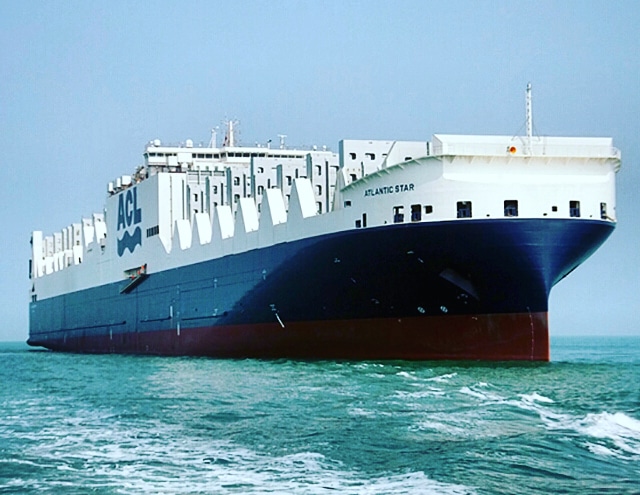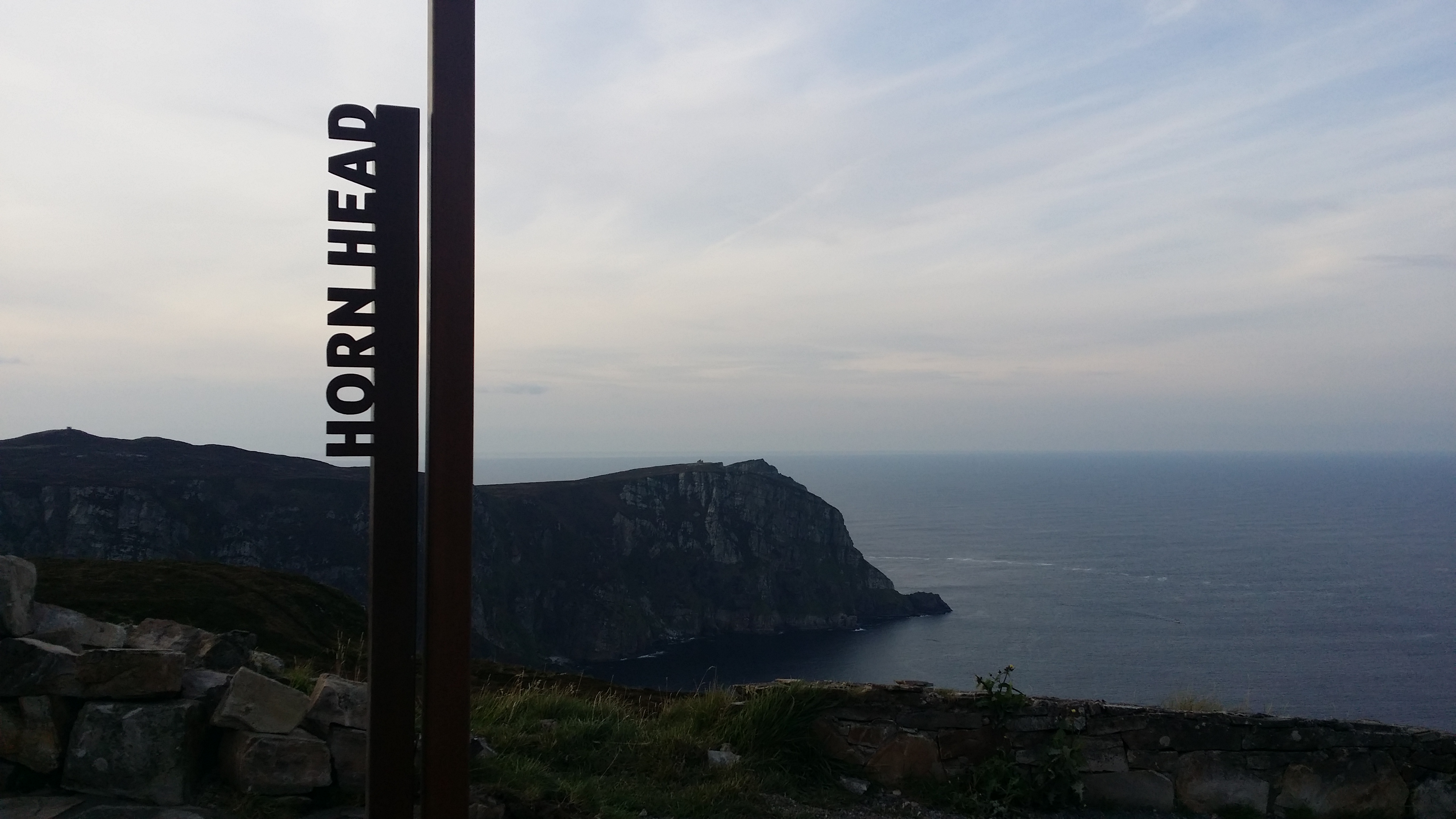Have you ever wondered what it would be like to cross the ocean in a cargo ship? Me too! That is why I am sailing(?) across the Atlantic Ocean out of New York City. I am hitching a ride on the worlds largest roll-on/roll-off container ship – the Atlantic Star. It will be what is referred to as a cargo cruise. Not only will I be traveling towards home, but it will also be a digital detox, and a chance to meditate.
What is a Cargo Cruise?
A cargo cruise is when someone travels overseas on board a cargo ship. It is very different from a traditional cruise in that it is generally longer, and does not come with all of the trappings of a cruise ship. Passenger numbers generally do not go over 12, because that is the magically number beyond which a cargo ship would need to provide a doctor and medical facilities onboard. The adventurous passenger must make their own entertainment on board, but can wander around the ship and even go up onto the bridge. Meals are shared with the officers at the captains table.
Who Goes on a Cargo Cruise?
A very good question! First and foremost, the passenger will need a sense of adventure, and must really like the ocean. Passengers also need to have a flexible schedule, and be content in their own company for long stretches. They are generally people who write or like to read, and want to experience travel without busy airport check-ins.
My Cargo Cruise
Growing up in beautiful Donegal, Ireland, which has over 700 miles of Atlantic coastline, I was always fascinated by the ocean. Voted ‘Coolest Place to visit on the planet’ by National Geographic Traveler in 2017, Donegal has a spectacular coastline, with many untouched golden beaches. I was raised on a farm along Lough Swilly, the longest inlet on that coastline. Our family would often “walk down to the water”, stand on the banks, and watch cargo ships slowly edging up the Swilly at high tide. Most were carrying coal or timber, and were unloaded at ‘the port’, where Polestar Roundabout now stands on the outskirts of Letterkenny.
Over the years, I have enjoyed surfing and swimming in the Atlantic waters around Donegal. Mostly though, I liked to walk along the beaches and clifftops, stopping to look out over the waves to the Atlantic horizon.
It was on one such visit, while perched on a clifftop near the beautifully traditional village of Glencolmcille, that I meditated for the first time. That moment changed everything. From always wanting to be somewhere else, but never going anywhere, I realized that if I embraced the present moment, I could work towards being anywhere I really wanted to be. Soon after, I met my wife Yesi, and set off out over those western horizons for a new life in New York.

Amid the frenetic lifestyle of New York City, I often think of the Atlantic coastline in Donegal. The images have stayed with me. Sometimes while meditating, I visualize that coastline and can almost spell the fresh air, and hear the sound of the big waves. This visualization helped me to deal with the homesickness I felt when I first left Donegal.
My love for the Atlantic Ocean around Donegal, and the idea to sail towards it became most apparent in a vastly different environment. While cycling through the Great Basin Desert of Nevada and Utah, on a previous adventure called Trans-Atlantic Cycle, the temperature reached a dangerous 110 degrees. Water and freshness were rare commodities as I cycled alone through the lonely desert. I often took my mind of the heat by meditating and recalling the beauty of Donegal’s Atlantic coastline. Once I finished my cycle ride from San Francisco to New York, I started thinking about how I could cross the Atlantic by boat. After doing a little searching online, I found Hamish, a shipping agent from New Zealand. He owns a company called Freighter Travel (NZ), and was able to book my passage aboard the Atlantic Star.
Cargo Cruise Expectations
After discussing the schedules and options, I eventually settled on a rather roundabout way of crossing the Atlantic on my cargo cruise. After leaving Newark port in New York harbor, I sail south, calling at Baltimore Maryland and Portsmouth Virginia. A few nervy days of tracking Hurricane Florence threatened to derail my adventure plans. But thankfully the big storm weakened as it made landfall in the Carolina’s.
I am expecting peace, tranquility, lots of reading time, the opportunity to write and to meditate, while enjoying the swell of the Atlantic ocean. The entire cargo cruise from New York to Liverpool will take 14 days.
Cargo Cruise Digital Detox
One of the main attractions of a cargo cruise is that it offers the opportunity to undertake a digital detox. With our lives becoming busier and ever more reliant upon our digital gadgets, there are times when it feels as though the vast majority of our time is spent staring into a screen. I have often wondered what it would be like to totally detach from that activity for a period of time, and embark on a digital detox combined with meditation.
A cargo cruise is the ideal chance to disconnect on a digital detox, as there are no cellular networks available just a little bit off the coast, and most ships do not have wifi. In case of emergency, I will be able to send an email from the bridge, but it costs money, as the connection is data based via satellite. I intend documenting my experiences of spending 2 weeks without digital communications while on my cargo cruise.
Cargo Cruise Meditation
By far the biggest attraction on a cargo cruise is the chance it affords the adventurous traveler to kick back, relax and meditate. This is something which I feel the busy digital work (especially in New York) does not normally offer us. As well as having abundant time and a clear schedule, the cargo cruise also offer the chance to enjoy the healing and transformative effects of the ocean. Just as the salt water heals or skin, we get a greater mental benefit from meditating in or near the ocean. The vat expanses of water, which make up 71% of the earths total surface, is quite literally older than the hills. Perhaps the reminder about how brief our flirtation with this earth is by comparison to long it has been here, and will continue to be here after we are gone, is enough to jolt us into enjoying the present moment more.
I am really looking forward to sitting on the deck in meditation, while enjoying the sound of the passing waves and the invigorating freshness of the ocean air. All being well there should be a little sunshine too. But even if there isn’t, having a clear line of sight to the horizon to enjoy sunrise and sunset each day is something which I am really looking forward to. Cargo cruising is quite unique in that it allows the passenger a long stretch of time to relax, while also traveling over a great distance. That seems like a great metaphor for meditation to me.










